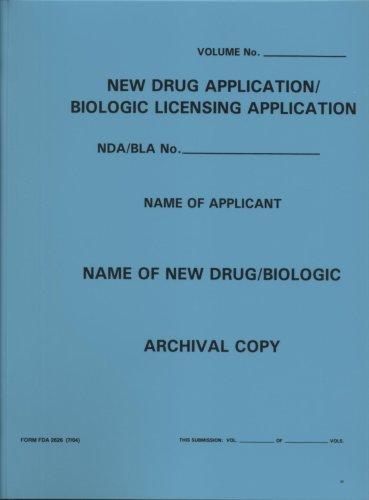Preface: This is the module where one gets to realise that this course plays just a role of being introductory and not a strong weapon for those, like I was back then, who are trying to get a job straight-away, as a Regulatory Affairs officer or so. This course reveals itself in this very module because it shows that all this information is for you to get hold of a theoretical preparation you should have before you EVEN think of moving forward in this industry! I honestly think that PTI should add "Introduction to..." before the name of the course.
What is reviewed in the fourth module?
- The main focus of this module is the content of the Common Technical Document (CTD)/Dossier.
- The format and content of a marketing authorisation application [MAA] (in Europe) or New Drug Application
(in the US).
- The implementation of the CTD in the EU and US is also discussed.
- The maintenance aspect of regulatory affairs following the process of varying, renewing and withdrawing a licence is also discussed in the fourth module.
All in all expect a very dense module.
What about funny and curious facts revealed in this module?
- An MAA or NDA can reach to thousands of pages and differ from region to region, although. In the European Union the process is sequential (top-down approach) and in the United States they do a bottom-up approach (first the essential studies and then the remaining bureaucracy).
- In the United States, herbals and dietary supplements are presently seen and regulated as foods under the Federal Food, Drug, and Cosmetic Act (FD&C Act) and not likely to be filed in Common Technical Document (CTD) format by those who manufacture it.
- Rule of thumb, the length of the non-clinical overview should not be more than around thirty pages.
What about awesome quality information?
- Concerning the Common Technical Document: it is organised into five modules where experts play a very important role; the modules consist of initial information, health and safety summaries, product manufacture in terms of quality proceedings, and profiling of non-clinical and clinical studies.
- The tables regarding general guidelines, active substance guidelines, medicinal product guidelines, etc etc etc, displaying the document title and their respective number/version can be quite handy and save one from having to browse through tons of information.
Is there anything missing?
Not exactly missing, but I'd swap the names of the two approaches concerning the way US and EU review applications - personal preference though.
Image taken from Open Library, [http://openlibrary.org/books/OL10112650M/New_Drug_Application] on the 25th of January 2012.


No comments:
Post a Comment